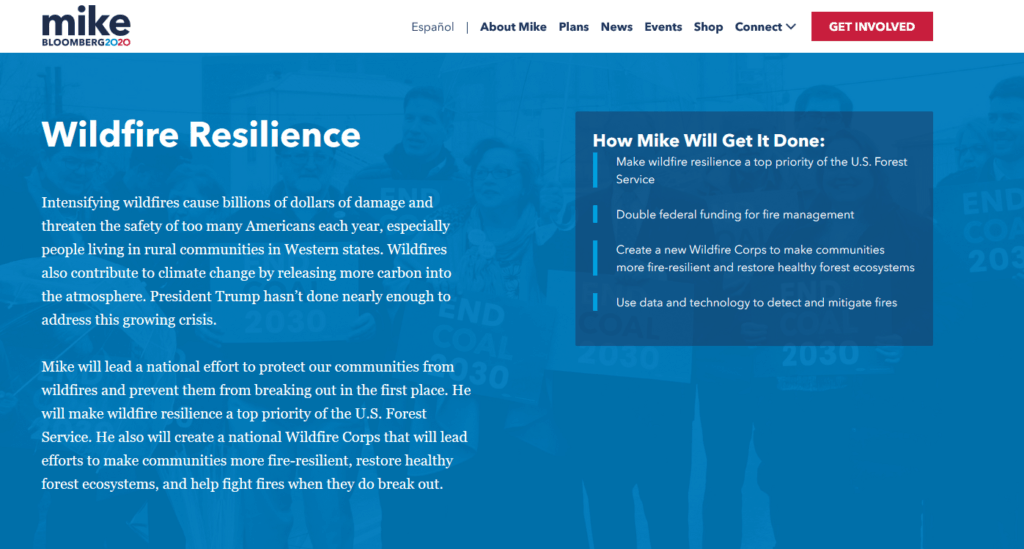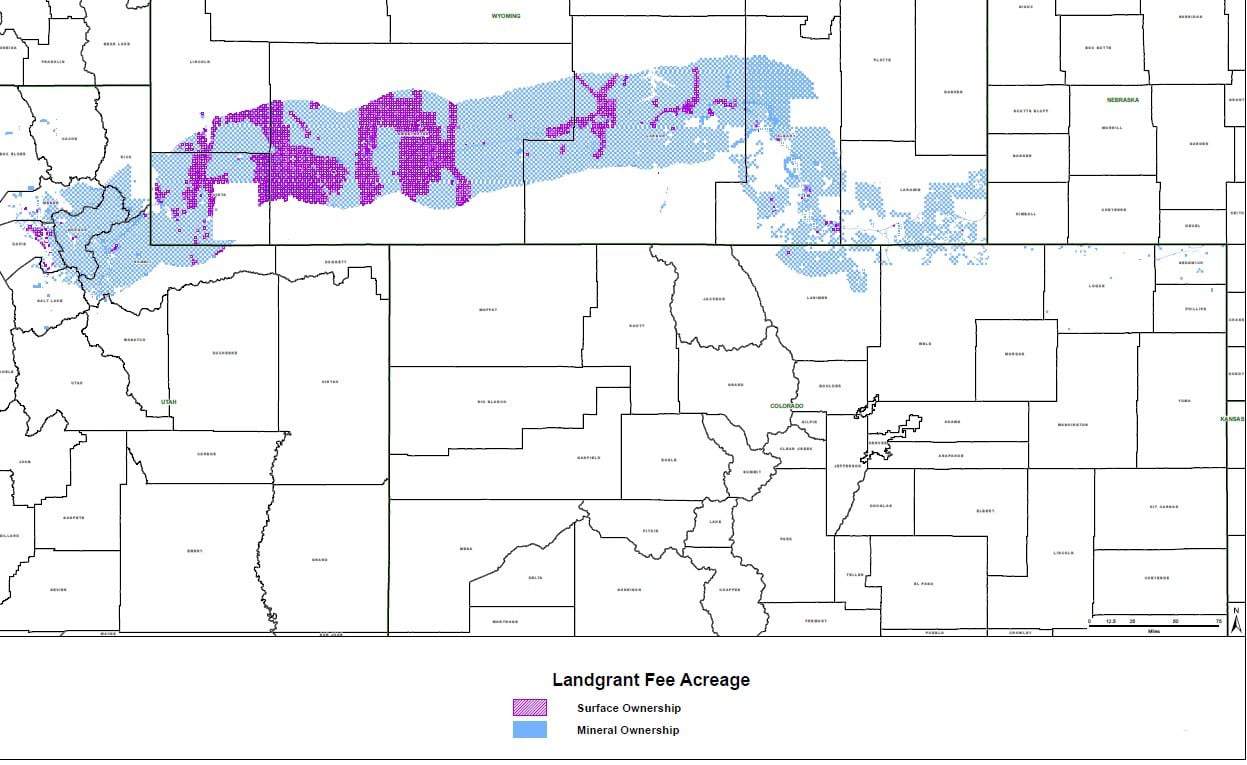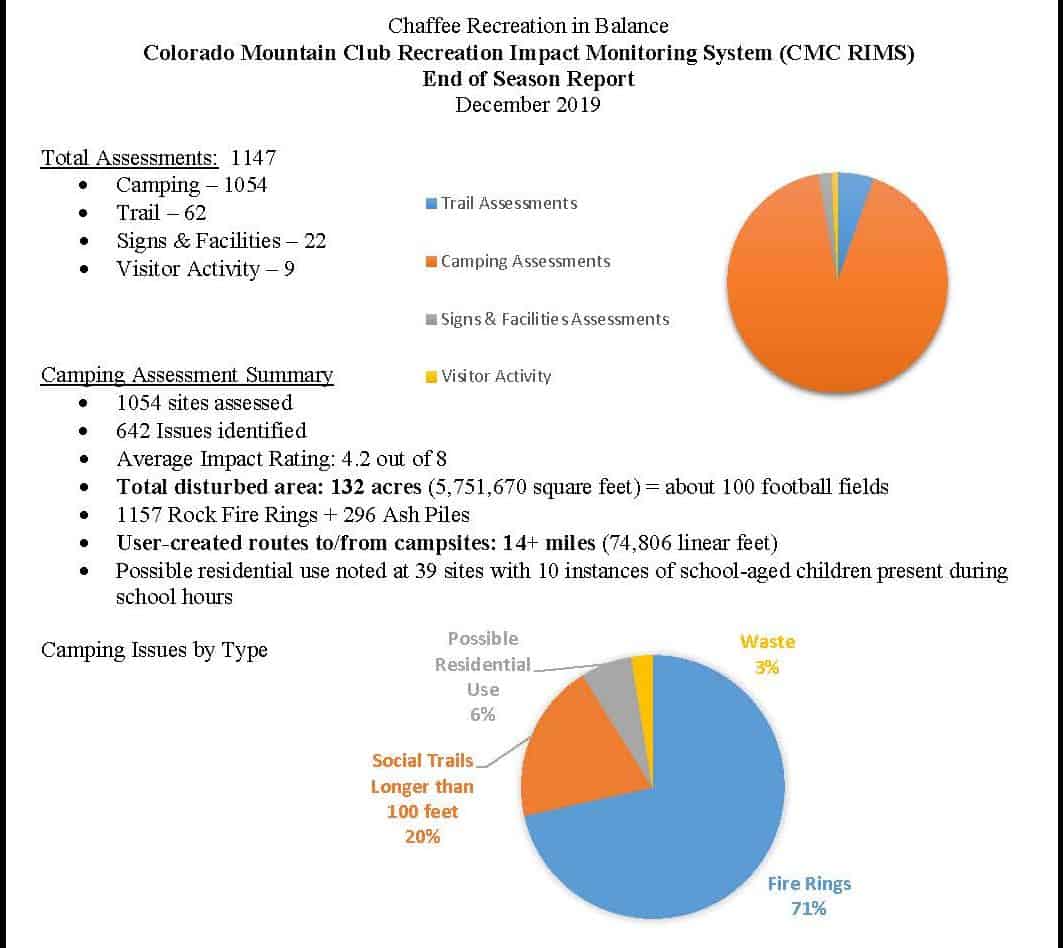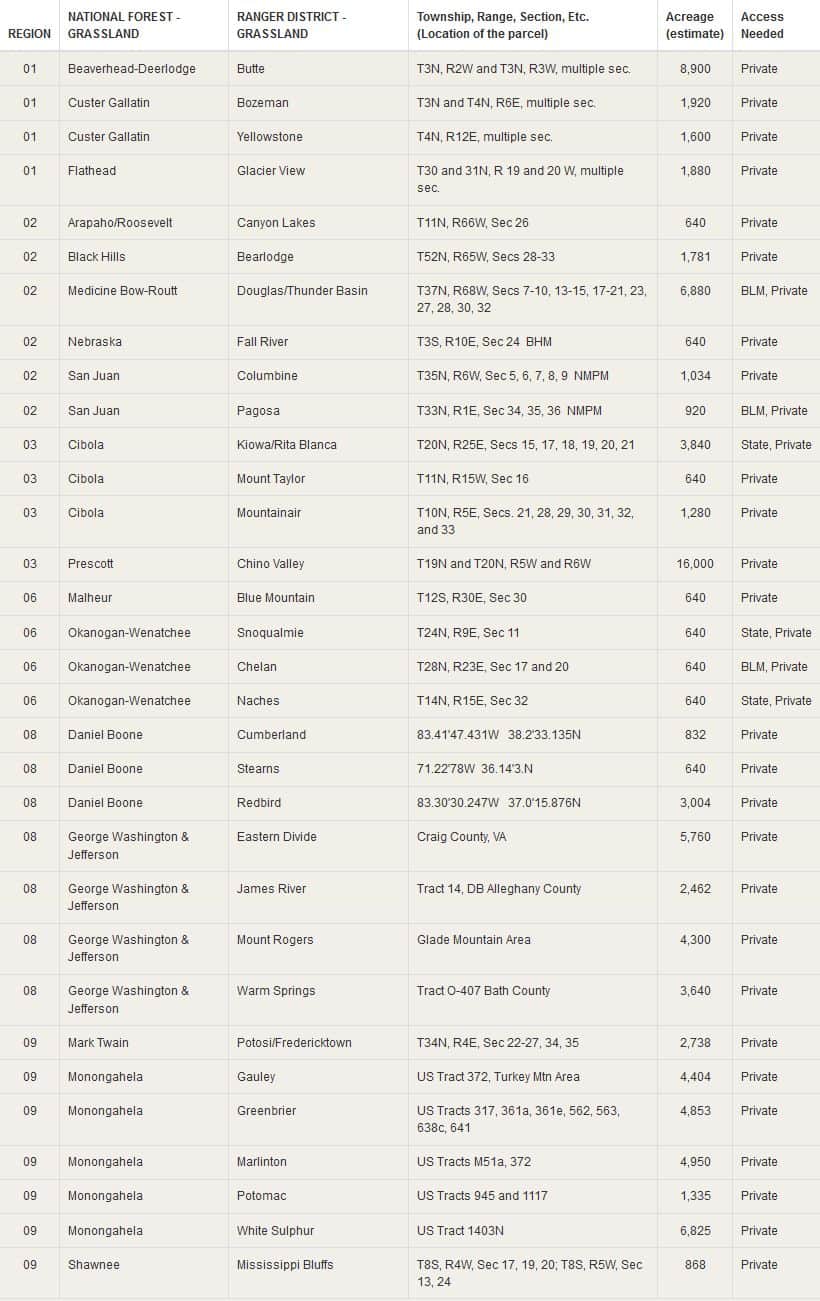I’ve been trying to collect information on different D candidates’ positions on various federal lands policy issues. I was thinking we could take a candidate per day, but perhaps should have started sooner. Here is a link to a pdf
Mike will set a goal to reduce deaths and property losses from wildfires by 50% within four years. He will direct the U.S. Forest Service to coordinate with federal, state and local agencies, tribal leaders, environmental groups, rural communities, private timber companies, utilities, and the insurance industry to develop fire management plans for each state at risk.
Do States already have fire management plans? Would the goal possibly interfere with suppression choices to do WFU?
Double federal funding for fire management
Mike will double federal funding for fire management to $10 billion and devote half to mitigation efforts. These new resources will fund efforts to rapidly increase the pace and scale of forest restoration, reducing the risk of catastrophic wildfires. Federal money will also be directed to help fireproof homes and communities, develop evacuation plans, and strengthen other local resilience efforts, which will save lives, create jobs, reduce the costs and dangers of firefighting, and bolster insurance networks.
Of course, Presidents can’t actually double funding, but “increasing the pace and scale of forest restoration” sounds like another billionaire’s (currently President) policy. It’s nice to see some apparently bipartisan ideas.
Create a national Wildfire Corps to make communities more fire-resilient and restore healthy forest ecosystems
Mike will create a national Wildfire Corps, a new partnership between federal, tribal, state and local governments and communities. The Corps will hire and train thousands of workers to lead efforts to make communities more fire-resilient and restore healthy forest ecosystems. It also will provide enough firefighters to quickly contain wildfires when they break out.
I’m not sure that there is a lack of people if they were funded, perhaps there is, and/or a lack of training. I wonder if we asked fire people in communities would they see the same needs?
Use data and technology to detect and mitigate fires and to improve firefighting techniques. Mike’s administration will help fund a network of sensors and cameras to detect fires faster and more cheaply, and will strengthen the communications grid for public safety and emergency notifications. It will partner with state authorities to use satellites, drones, firefighting aircraft, and AI and communications technology to help predict the spread of fires and improve firefighting techniques.
Better technology.. why not?
What do you all think of these ideas?








